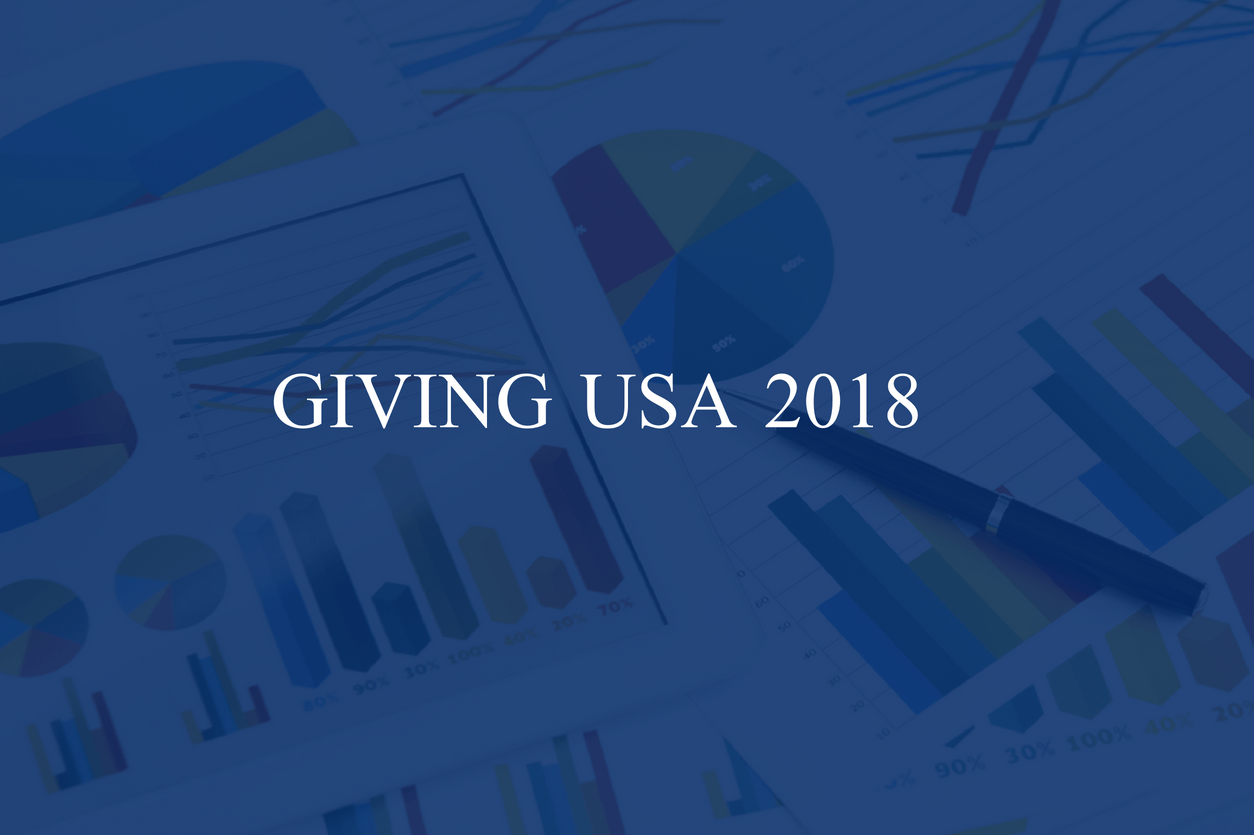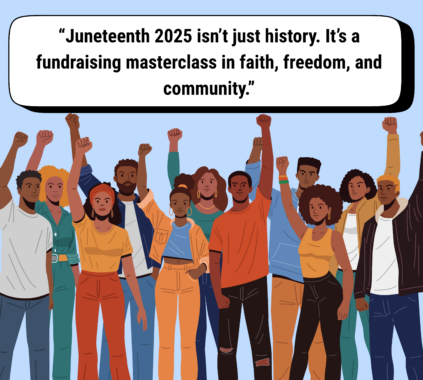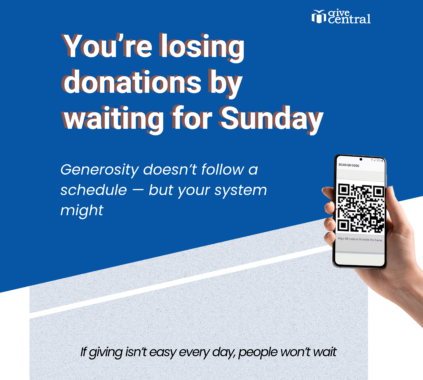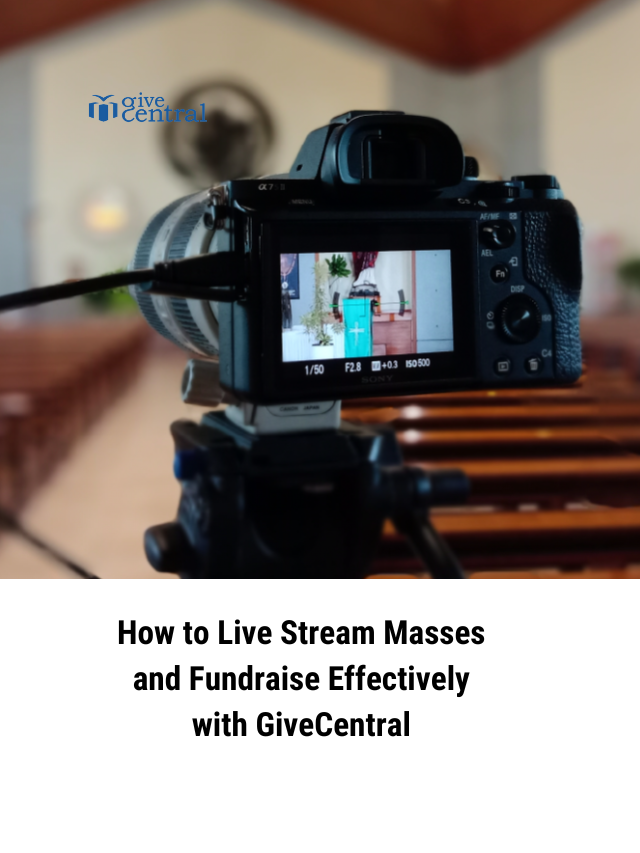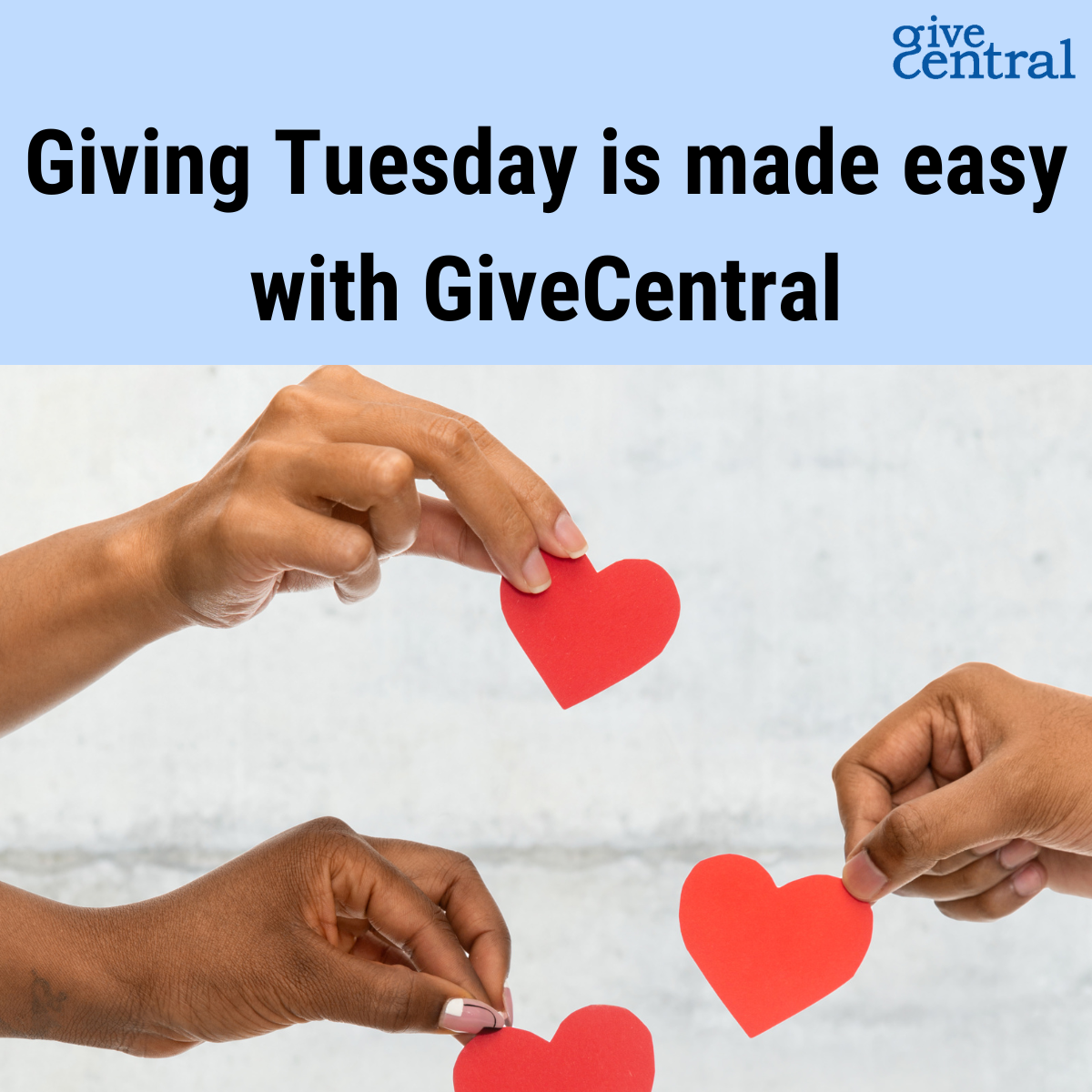The numbers are in—donating increased last year, and much of it was from billionaires. While that’s great news for nonprofits with billionaire donors on their rosters, that doesn’t necessarily mean that things are looking bleak for the rest of us. Don’t have a billionaire on your mailing list? No problem! Here are some interesting statistics from Giving USA 2018: The Annual Report on Philanthropy for the Year 2017, as well as key takeaways for nonprofits to keep in mind during the upcoming months.
Related: Individual Giving On the Rise | Charitable Giving Statistics 2017
Individuals are donating more
In our ever-more-politicized climate, individuals have started taking more and more personal action, and their donations are reflecting it. Last year, by individuals totaled $286.65 billion, rising 5.2 percent since the previous year (or, adjusted for inflation, an increase of 3.0 percent). What can nonprofits learn from this? Individuals count. Don’t forget your individual donors as you court funds from foundations, bequest, or corporations. Keep things friendly and personalized with gestures like individualized thank-you notes, frequent email updates, and behind-the-scenes peeks at your work on social media.
Americans are looking to use their dollars for good
Good news, parishes—giving to religion increased 2.9 percent (0.7 percent adjusted for inflation) last year, as religious organizations received an estimated $127.37 billion in contributions. And that’s not the only do-good action that’s on American minds. People are giving more to positive organizations that deal in education, health, the environment, and even animals. The trend is clear: Americans are actively looking for organizations that support their religious, social, and political stances. What can nonprofits learn from this? We may be preaching to the choir, but it’s important that you make your nonprofit’s mission front and center, so that potential donors know exactly what they’re getting, and can easily see how your beliefs line up with theirs.
We live in the era of the mega-gift
Major, major donations from very wealthy individuals rose from $1.495 billion in 2016 to $4.1 billion in 2017. That’s an enormous leap, and surely involved a lot of champagne-popping and putting names on buildings—but in the midst of all that, it’s important for nonprofits to remember the little guy. Regular Joes can be turned off by flashy fundraising, so know your people. What can nonprofits learn from this? Unless your donor base is mostly one-percenters, make sure none of your messaging is accidentally too billionaire-focused. Even little gestures like setting a “suggested” minimum donation of $100 can be alienating to regular people who still want their voice heard, and their donation appreciated.
All data taken from Giving USA 2018: The Annual Report on Philanthropy for the Year 2017. Researched and written by Indiana University Lilly Family School of Philanthropy. Sponsored by Giving USA Foundation, a public service initiative of The Giving Institute. © 2018 Giving USA Foundation™.
Annual Report on Philanthropy Giving USA Giving USA 2018 nonprofit giving Nonprofits
Last modified: April 17, 2025

